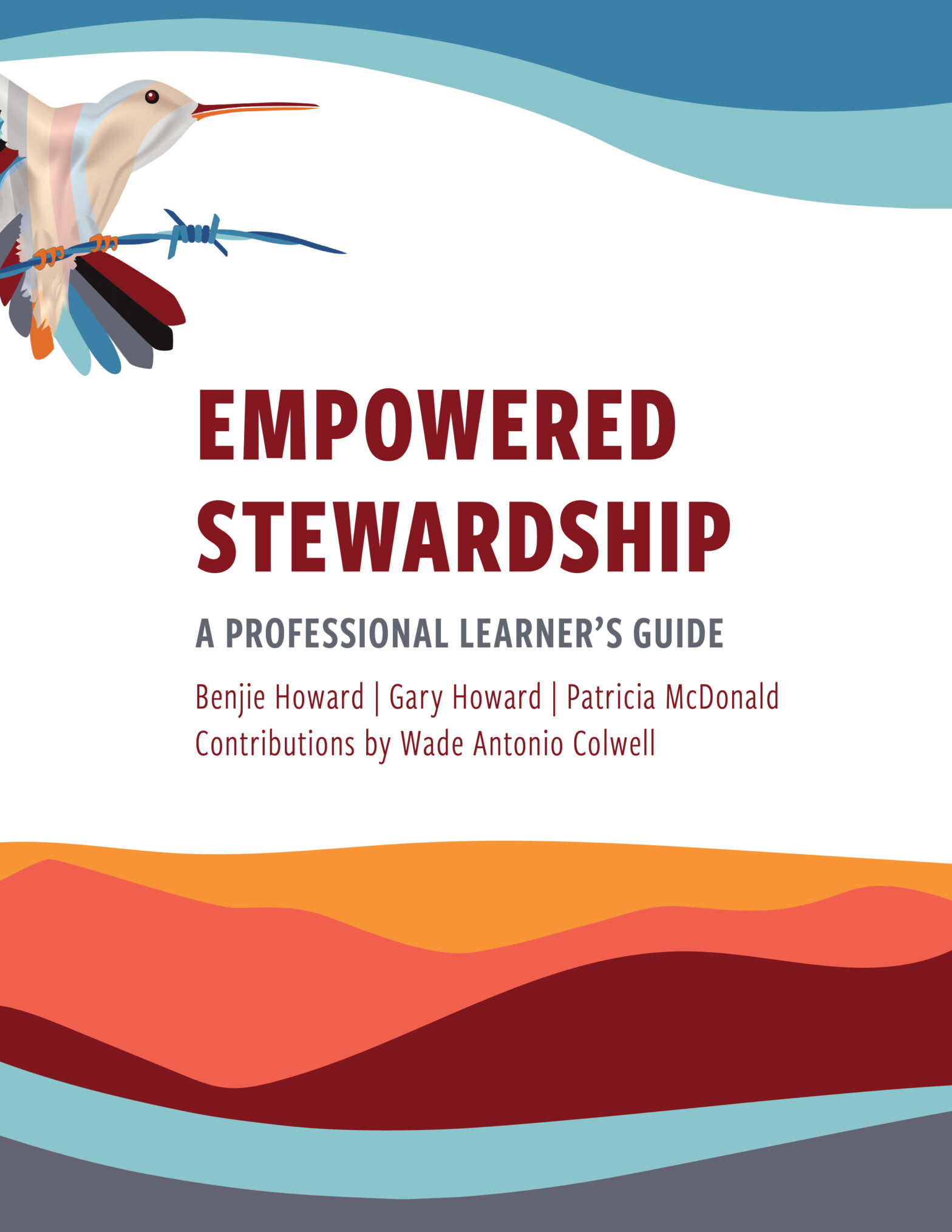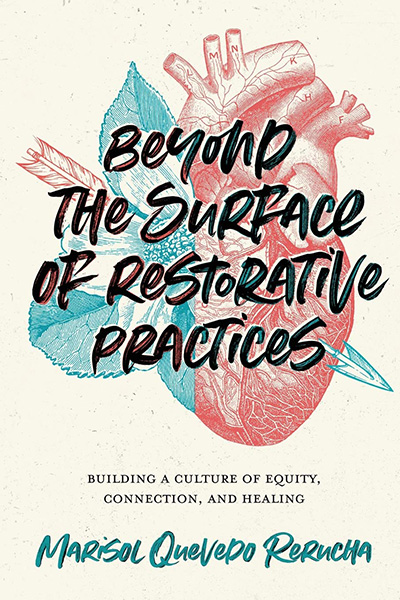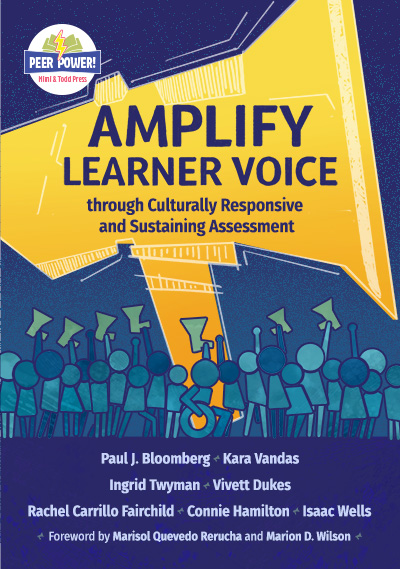How do we create schools that work for all of us?
What are your goals for building a democratic society?
Activate and sustain authentic partnerships between adults and students which lead to compelling, vibrant, responsive learning communities
View PD OptionsBuild a restorative workplace community
View PD OptionsPosition assessment as a democratic act that cultivates learner agency in all its forms.
View PD OptionsQuality, Customized Professional Learning That Works
Our professional learning pathways all have the same goal, to advance learner ownership, efficacy, and agency. We partner with your system to assess your needs and co-construct an action plan anchored in implementation science. We are ready to help and support you at any stage of your learning journey.
Our Learning Progression
Foundational Learning
Build a shared language of learning anchored in co-constructed goals and success criteria aligned to your mission and vision.
Job-Embedded Coaching
Empower educators using the gradual release of responsibility to model, coach, monitor, and analyze progress towards shared goals.
Sustainable Systems
Advance teacher agency to ensure risk-taking, innovation, and collective efficacy through quality implementation.
Youth Empowered Stewardship
Youth Empowered Stewardship (YES) is an intergenerational, agency-driven pathway that advances democracy by fostering authentic partnerships between students and adults. Grounded in collaborative inquiry and human-centered design, YES cultivates vibrant, culturally responsive-sustaining learning communities and builds the capacity to enact and sustain its seven core principles—strengthening democratic practices across schools and systems.
Learners of all ages engage through music, movement, and the visual arts, forging deep connections between intellect and emotion. At its heart, YES aims to establish student-led advisories designed through a liberatory lens to tackle complex educational challenges. These advisories, rooted in an asset-based, solution-oriented approach, drive continuous improvement, promote collective efficacy, and amplify democratic values in the learning environment.
Youth Empowered Stewardship (YES)
Build an intergenerational coalition of students and adults across a school or system to participate in a yearlong journey as YES Ambassadors. Together, they lead stewardship projects that drive meaningful change by creating inclusive spaces, honoring identities, collaborating with peers, advocating at board meetings, hosting community events, and mentoring younger students.
- Engage in arts-based inquiry.
- Establish intergenerational advisories to amplify learner voice and drive and sustain continuous improvement.
- Build inclusive learning spaces that honor all cultural identities as precious and valued.
- Advocate for and guide positive shifts in your school and community through YES stewardship projects.

Youth Empowered Stewardship
Gary Howard, Benjie Howard and Patricia McDonald
YES Human-Centered Design
Youth Empowered Stewardship (YES) Human-Centered Design harnesses the collective wisdom of an intergenerational guiding coalition committed to equity, inclusion, and transformative action. YES brings together students and adults in a collaborative, arts-based inquiry process that amplifies diverse voices, identities, and experiences. Participants form intergenerational coalitions dedicated to dismantling barriers, leading meaningful stewardship projects, and advocating for systemic change. Through shared leadership, reflective practice, and creative expression, YES empowers youth leaders to actively shape inclusive and responsive school communities, fostering belonging and collective liberation.
- Engage in collaborative inquiry grounded in human-centered design
- Form an intergenerational guiding coalition
- Advance the seven principles of culturally responsive practice
- Establish inclusive and culturally responsive spaces

Youth Empowered Stewardship
Gary Howard, Benjie Howard and Patricia McDonald
Restorative Heartset and Mindset
Our restorative framework is the only systemic approach to creating and sustaining a culture that is rooted in self, healing, and relational literacy. Restorative minded learning organizations recognize that harm in life and work is inevitable and are committed to restoring and growing from these incidents with their staff and communities.
Building the Foundation for Connection
Build a restorative culture that supports meaningful connections with students, staff and families.
- Leverage collective decision making for shared responsibility
- Re-examine and reset a restorative mission and vision
- Co-construct community agreements and core beliefs
Beyond the Surface of Restorative Practices: Building a Culture of Equity, Connection, and Healing
Marisol Quevedo Rerucha
The Mindset and Heartset of Restorative Practices
Humans that strive to live a restorative heartset and mindset embrace their own humanity, and that of others, through reflection, growth, vulnerability, and healing.
- Promote deep reflection to build community
- Practice centering techniques for reacting to other’s actions
- Participate in check-in/check-out, circles, and mediation
- Practice having difficult conversations
- Co-design a strategic plan for systemic quality implementation
Beyond the Surface of Restorative Practices: Building a Culture of Equity, Connection, and Healing
Marisol Quevedo Rerucha
Restorative Leadership Coaching
How do you embrace authenticity and vulnerability while guiding others to do the same? The work of the school leader is challenging, difficult, and filled with rewarding moments that provide a consistent spark that maintains the commitment and joy in the work.
- Model restorative and resiliency practices that promote healing and well being of individuals and communities
- Create space for your school community to connect, heal, and grow
- Receive resources to lead this work
Beyond the Surface of Restorative Practices: Building a Culture of Equity, Connection, and Healing
Marisol Quevedo Rerucha
Assessment for Democracy
In a truly democratic classroom, assessment is not something done to students, but a process shaped with them. It is participatory, inclusive, and rooted in the belief that every learner has the right—and responsibility—to contribute to their own growth and the learning community. These formative assessment practices uphold the principles of democracy by promoting voice, agency, collective responsibility, and equity.
Assessment for Democracy
- Partner with Families as Co-Educators
- Foster Belonging Through Democratic Dialogue
- Empower Students to Demonstrate Learning Authentically
- Elevate Student Voice Through Self and Peer Assessment
- Deepen Thinking Through Metacognitive Reflection
- Nurture Learner Expertise Through Deliberate and Purposeful Practice
Amplify Learner Voice Through Culturally Responsive and Sustaining Assessment
Paul J. Bloomberg, Ed.D., Kara Vandas, Ingrid Twyman, Vivett Dukes, Rachel Carrillo Fairchild, Connie Hamilton and Isaac Wells
Resources
Meet the Pathway Team
Let's Connect
Complete the form below and we’ll be in touch to create a solution that addresses your needs and achieves your goals in learning spaces.
Prefer to talk on the phone? No problem! You can give us a call at: 619-432-2673
This form is on the "Let's Connect" Section on the Homepage
"*" indicates required fields









